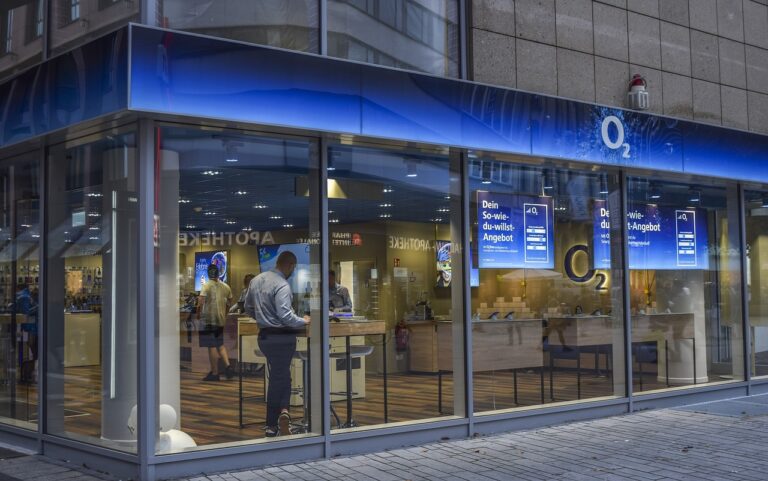The Psychology of Pricing: How Discounts and Deals Influence Buying Decisions
When it comes to pricing strategies, perception plays a crucial role in influencing consumer behavior. The way customers perceive the value of a product or service often determines their willingness to pay a certain price. This perception is shaped by various factors such as brand reputation, quality, and perceived benefits.
Moreover, the way a pricing strategy is presented can significantly impact how it is perceived by consumers. For example, framing the price as a discount or highlighting the value proposition can create a perception of a good deal, even if the actual price remains the same. Ultimately, understanding and leveraging consumer perception is essential for businesses to effectively price their products and services in a way that maximizes revenue and profitability.
Cognitive Biases in Pricing Decisions
Cognitive biases often play a significant role in pricing decisions made by businesses. These biases, stemming from the complex workings of our minds, can influence how prices are set and perceived by consumers. One common bias is the anchoring effect, where individuals rely heavily on the first piece of information they receive when making decisions, even if it is unrelated to the actual value of the product or service.
Another important bias is the availability heuristic, where people tend to overvalue information that comes to mind easily. This can lead businesses to overprice their products or services if customers have recent negative experiences with competitors, even if those experiences are not necessarily representative of the market as a whole. By understanding and accounting for these cognitive biases in pricing strategies, businesses can make more informed decisions and potentially increase their competitiveness in the market.
• Cognitive biases often play a significant role in pricing decisions made by businesses.
• The anchoring effect is a common bias where individuals heavily rely on the first piece of information they receive when making decisions.
• The availability heuristic leads people to overvalue easily accessible information, potentially causing businesses to overprice their products or services.
• Understanding and accounting for cognitive biases in pricing strategies can help businesses make more informed decisions and increase competitiveness in the market.
The Power of Anchoring in Pricing Strategy
Anchoring in pricing strategy is a powerful technique that influences consumer behavior. By setting a reference point or “anchor” for pricing, businesses can guide customers towards making purchasing decisions based on that initial figure. Research has shown that consumers often rely heavily on the first piece of information they receive when evaluating a product’s price, which can have a significant impact on their perceived value of the product.
Not only does anchoring affect how consumers perceive prices, but it also plays a role in negotiations and bargaining. When a high initial price is presented, subsequent prices can appear more reasonable in comparison, leading customers to feel like they are getting a good deal. By utilizing anchoring in pricing strategies, businesses can leverage this cognitive bias to drive sales and improve overall profitability.
What is anchoring in pricing strategy?
Anchoring in pricing strategy is the practice of setting a reference point, or “anchor,” for customers to use when evaluating the price of a product or service.
How does perception affect pricing decisions?
Perception plays a significant role in pricing decisions, as customers will often use their perceptions of value, quality, and fairness to determine whether a price is reasonable or not.
What are cognitive biases in pricing decisions?
Cognitive biases are mental shortcuts or patterns of thinking that can impact pricing decisions. These biases may cause customers to overvalue or undervalue a product based on factors such as the initial price they see (anchoring bias) or the perceived value compared to similar products (anchoring bias).
How can businesses leverage the power of anchoring in pricing strategy?
Businesses can leverage the power of anchoring by strategically setting an anchor price that influences customers’ perceptions of value. This can help businesses increase sales, improve margins, and differentiate themselves from competitors.







